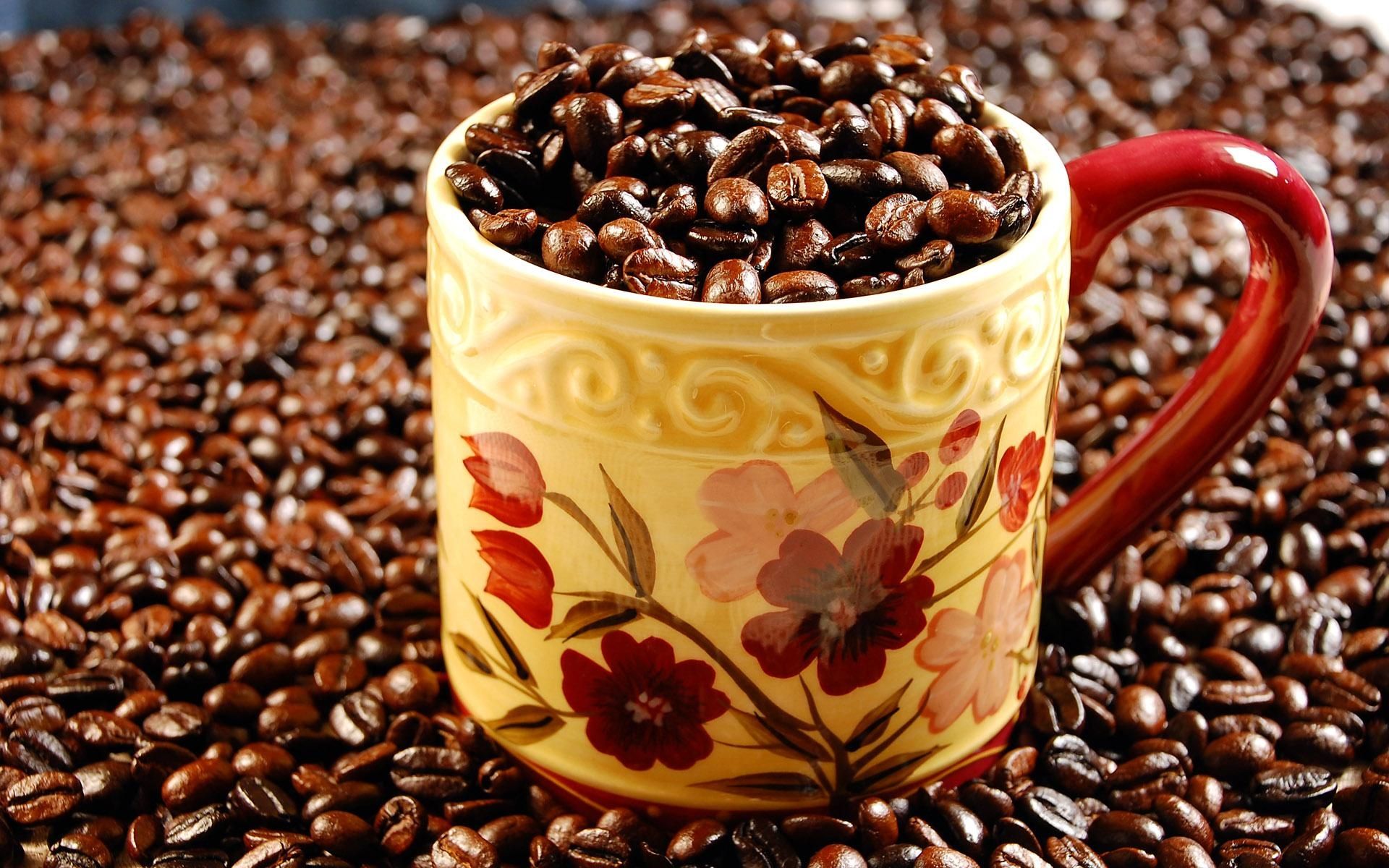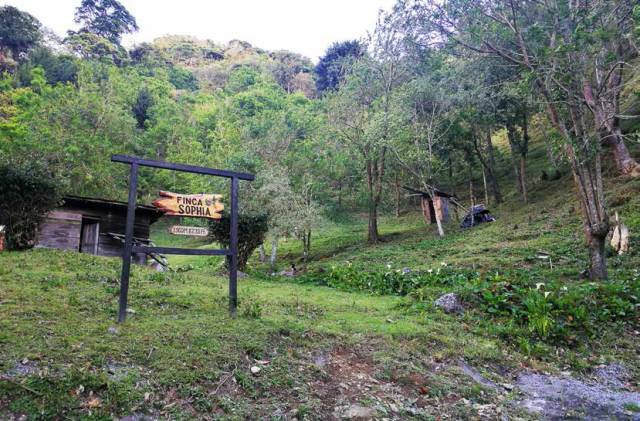Historical Development of Panamanian Rosa Coffee Bean
Panamanian Jade Manor
Panamanian Emerald Manor-Esmeralda Manor (Panama Geisha Hacienda La Esmeralda) in its early years, Esmeralda Manor (Esmeralda) mostly followed Japan in its recognition of top coffee, while Geisha, with its hurricane-like power, swept the coffee world. This coffee revolution is so fierce that it has made Jamaica's Blue Mountains and Hawaii Cona, a wild species originally born in Ethiopia, a king and queen of the coffee kingdom for a long time. After numerous battles, it is now found in all coffee producing areas, and its best spokesman is the "La Esmeralda" manor from Panama, the rose summer coffee of Esmeralda is the most famous coffee in the rose summer variety.
Haines, a Swede, in 1924. Elliott founded Esmeralda Farm, which was not a coffee grower but a ranch. Forty years later, Daniel Lou in 1964. Mr. Bidarson's grandfather, Luther Ruffer. Mr. Bidarson bought Esmeralda Farm in order to have an old home after retirement, grandfather Luthor. Mr. Bidasson was born in Sweden and served as president of the Bank of America and director of United Nations Development.
His son Blaise. Mr. Bidarsson moved to Panama from California in 1973 and inherited his father's farm. In 1987, he converted most of the farm to growing coffee. In 1994, he invested in the machinery and equipment of refined coffee to create a brand. While Mr. Bidarson and his wife Susan started a formal business on the coffee farm, they also raised three children, Elligo (born in Philadelphia in 1966), Rachel (born in Sweden in 1967) and Danielu (born in Panama in 1974).
In 1996, Blaise and Rachel visited a farm for sale in the Haramijun area of the Bocketi Valley, and was attracted by the beautiful farm and immediately bought it. This is Esmeralda? Daniel Lou, the third son of Haramiqiong Farm. It is in this farm that Mr. Bidasson has grown Geisha coffee, which has attracted the attention of the coffee world.

Panamanian rose summer grows at an altitude of 1500-1650 m.
The unique growing environment makes it have a unique flavor:
Dry aroma: tea, flowers (magnolia, tulips) vanilla plants, milk, black sugar sweet, high-grade champagne and aroma up.
Wet fragrance: apricot, caramel, milk, flower.
Sipping: good oil quality, delicate Lishan special tea feeling, high-end liquor astringent but then turned into a delicate and smooth Body to fill the mouth.
Berry candy and spices are sweet, accompanied by floral aromas, the finish is full of floral aromas, fruit sweetness and body are quite long-lasting, the lower the temperature, the more delicate the acidity.
La Esmeralda Manor has won 12 coffee competitions so far, and the highest bidding record for three times in online open bidding is US $21 in 2004, US $50.25 in 2006, and US $130 in 2007. Of course, other countries have also raced a pound of good coffee close to $50 (Brazil's CoE champion Fazenda Santa inflows in 2005) and Guatemala CoE champion El Injerto $80.20 in 2008, but you pay attention to the time point, that is, when La Esmeralda set a record price, there was no bid to surpass her before, but she will surpass others and say she is a record creator, no fluke!
History.
In 1931, it was exported to Kenya in obscurity from Geisha Mountain Mountain in southwestern Ethiopia, wandered to Tanzania and Costa Rica, was transplanted to Panama in the 1960s, and then went through nearly half a century before it became a blockbuster, beating the victorious armies of Bourbon, Kaddura, Kaduai and Tibika to win the first prize of the Panamanian National Treasure Bean Cup Test Competition in 2005, 2006 and 2007. In 2007, the International famous Bean Cup Test sponsored by the American Fine Coffee Association (SCAA) won the championship again, and the bidding price was sold at US $130 per pound, setting a record for the highest price in the history of competition beans. It is reported that the later Panamanian national treasure bean competition will be divided into two groups: Rose Summer and non-Rose Summer, so as not to be robbed of the brilliance of other varieties by Rose Summer.
Rosa is a member of the Tibika family, but it became famous more than 70 years after leaving Ethiopia, and fulfilled the saying that Ethiopia is a treasure trove of Arabica genes. Giving a variety to go abroad is enough to stir up trouble in the coffee market.
Geisha, which is grown in many parts of the world, is the new king of boutique coffee, with high quality and high prices in Latin American countries such as Panama, Guatemala and Colombia.
Rose summer is suddenly popular all over the world for more than a year and has become one of the most expensive coffee in the world. This time, let's take a look at why rose summer is so expensive and how many kinds it is divided into.
The species of Geisha was discovered in the rose forests of Ethiopia in 1931 and sent to the Coffee Institute in Kenya; it was introduced to Uganda and Tanzania in 1936
Introduced by Costa Rica in 1953.
Panama is made up of Francesca of Dongba Seven Agricultural Garden in the 1970 s. Mr. Serraxin got the seeds from CATIE in Costa Rica and started growing Rosa Coffee, which is hard to come by because of its low production and bidding.
Flavor
The fragrance of flowers, tropical fruits, strong sweetness; these are the feelings that Rose Summer has always given us. Properly baked, they make you feel like sipping the fragrance of a bouquet of flowers. You may not know the story of Rosa, an ancient native species from Ethiopia that was brought as a coffee sample to a coffee experimental garden in Costa Rica and distributed to several small farms for small-scale trials.
Not many people followed Rose Summer until one day, Esmeralda Manor in Panama separated it from other varieties and won the national coffee competition.
She is so extraordinary that the fruity and floral elements are like Yega Xuefei from Africa and Ethiopia on the other side of the world. Of course, these are all old news now. Some small farms also get summer roses and are eager to grow their own roses.
However, the results are different, and this "star" variety seems to have different tastes in different geographical locations due to the influence of weather, soil and altitude. However, in the Aktenango region, we see typical rosy summer features: the slender shape of beans, the changes during baking, and the elegant and uncooked flavor in the cup.
Important Notice :
前街咖啡 FrontStreet Coffee has moved to new addredd:
FrontStreet Coffee Address: 315,Donghua East Road,GuangZhou
Tel:020 38364473
- Prev

Explore the boutique coffee │ return to the nature of black coffee Aoyi Let's go black!
Our Kuroshio movement is developing rapidly, taking you to explore the course and changes of the international boutique Kuroshio! Black Flavor and Coffee Aesthetics recently launched a street event called Coffee Common in New York, USA, to share professional coffee knowledge with passers-by. During the event, Guatemala was made of ordinary commodity grade and baked by Portland Heart Coffee.
- Next

Panama BOP of the Year 2017 Super Summer is born!
Pay close attention to the coffee comment (Weixin Official Accounts vdailycom ) and find that the beautiful coffee shop opens its own small shop at 7:00 a.m. Beijing time on July 19,2017 Best of Panama (BOP) bidding begins, and major sellers around the world compete fiercely for nearly six hours. Sophia, the first summer washing champion to enter BOP bidding, was sold to Japanese company SAZA Coffee for 254.8 US dollars
Related
- Detailed explanation of Jadeite planting Land in Panamanian Jadeite Manor introduction to the grading system of Jadeite competitive bidding, Red bid, Green bid and Rose Summer
- Story of Coffee planting in Brenka region of Costa Rica Stonehenge Manor anaerobic heavy honey treatment of flavor mouth
- What's on the barrel of Blue Mountain Coffee beans?
- Can American coffee also pull flowers? How to use hot American style to pull out a good-looking pattern?
- Can you make a cold extract with coffee beans? What is the right proportion for cold-extracted coffee formula?
- Indonesian PWN Gold Mandrine Coffee Origin Features Flavor How to Chong? Mandolin coffee is American.
- A brief introduction to the flavor characteristics of Brazilian yellow bourbon coffee beans
- What is the effect of different water quality on the flavor of cold-extracted coffee? What kind of water is best for brewing coffee?
- Why do you think of Rose Summer whenever you mention Panamanian coffee?
- Introduction to the characteristics of authentic blue mountain coffee bean producing areas? What is the CIB Coffee Authority in Jamaica?

